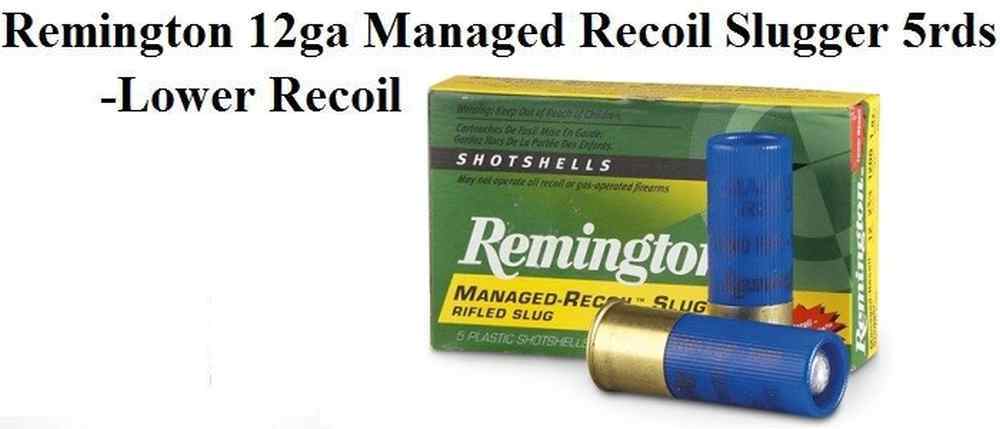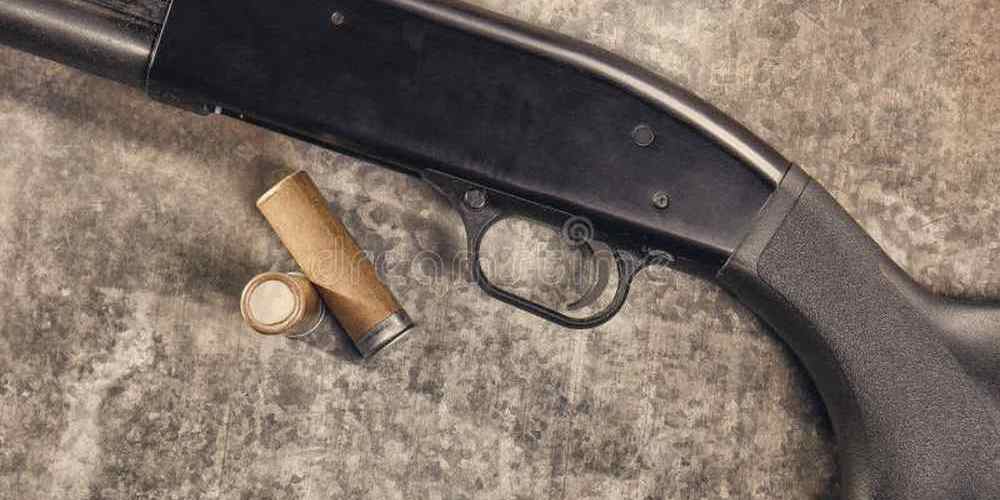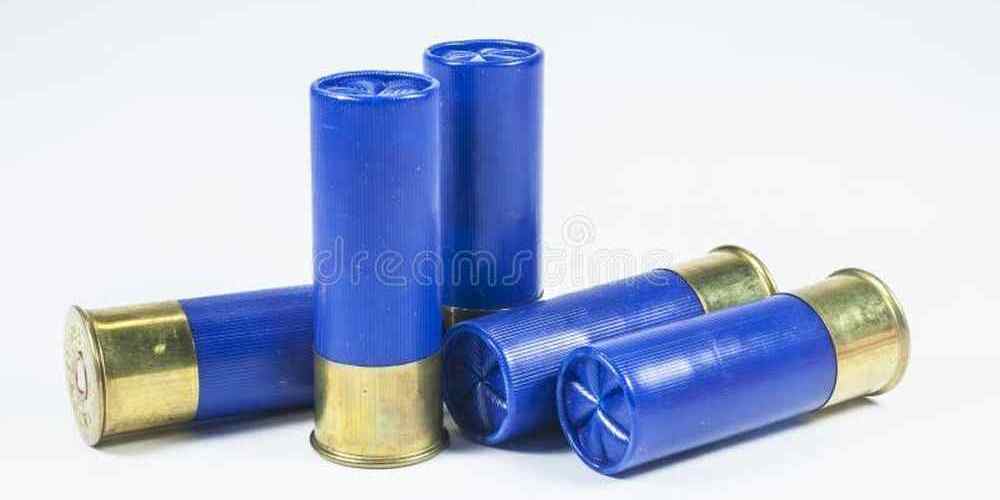“Shorter shells, smoother performance: The impact of shotgun shell length on recoil and accuracy.”
Impact of Shotgun Shell Length on Pattern Density
Shotgun enthusiasts and hunters alike are always looking for ways to improve their shooting performance. One factor that can greatly impact the effectiveness of a shotgun is the length of the shell being used. In this article, we will explore the effect of shotgun shell length on performance and recoil, specifically focusing on the impact of shell length on pattern density.
Pattern density refers to the concentration of pellets in a shotgun shell’s shot pattern. The tighter the pattern, the more likely it is that a greater number of pellets will hit the target. This is crucial for hunters looking to take down game with a single shot, as a tighter pattern increases the chances of hitting vital organs.
When it comes to shotgun shell length, there are typically two options available: 2 ¾ inches and 3 inches. The longer 3-inch shells are often favored for their increased powder capacity, which can result in higher velocities and greater energy transfer upon impact. However, this increased power comes at a cost – increased recoil.
The longer shell length allows for more powder to be packed into the shell, resulting in a more powerful shot. This can be beneficial for hunters looking to take down larger game at longer distances. However, the increased recoil can make shooting more uncomfortable and can lead to decreased accuracy, especially for shooters with less experience or smaller stature.
On the other hand, 2 ¾ inch shells are lighter and produce less recoil, making them a popular choice for shooters who prioritize comfort and ease of shooting. While they may not pack as much of a punch as their longer counterparts, 2 ¾ inch shells can still be effective for hunting smaller game or shooting at closer ranges.
When it comes to pattern density, the length of the shotgun shell can also play a role. Longer shells typically have a longer shot column, which can result in a more consistent shot pattern. This can be beneficial for shooters looking to achieve tighter patterns and increase their chances of hitting the target.
However, the increased powder capacity of longer shells can also lead to more shot deformation upon firing, which can negatively impact pattern density. This is where shorter shells may have an advantage, as they produce less shot deformation and can result in more consistent patterns.
Ultimately, the choice between 2 ¾ inch and 3-inch shotgun shells will depend on the shooter’s preferences and intended use. For hunters looking to take down larger game at longer distances, the increased power of 3-inch shells may be worth the trade-off in recoil. On the other hand, shooters looking for a more comfortable shooting experience may prefer the lighter recoil of 2 ¾ inch shells.

In conclusion, the length of a shotgun shell can have a significant impact on performance and recoil. While longer shells may offer increased power and potentially tighter patterns, they also come with increased recoil. Shorter shells, on the other hand, may produce less recoil and shot deformation, leading to a more comfortable shooting experience. Ultimately, shooters should experiment with different shell lengths to determine which option best suits their needs and preferences.
Influence of Shotgun Shell Length on Pellet Energy
Shotguns are versatile firearms that are commonly used for hunting, sport shooting, and self-defense. One important factor that can affect the performance of a shotgun is the length of the shotgun shell. The length of a shotgun shell refers to the overall length of the cartridge, including the hull, powder, wad, and shot or slug. In this article, we will explore the influence of shotgun shell length on pellet energy, performance, and recoil.
When it comes to shotgun shell length, there are typically two main options: 2 ¾ inches and 3 inches. The longer 3-inch shells are designed to hold more powder and shot, which can result in higher pellet energy and increased performance. However, this increased performance comes at a cost – increased recoil.
The energy of a shotgun shell is determined by the weight of the shot and the velocity at which it is propelled. Longer shotgun shells can accommodate more shot, which means more pellets are being propelled at a higher velocity. This results in increased pellet energy, which can be beneficial for hunting larger game or shooting at longer distances.
In terms of performance, longer shotgun shells can provide a tighter shot pattern and increased range. The additional shot in a 3-inch shell can result in a denser pattern, making it easier to hit targets at longer distances. This can be particularly useful for hunting waterfowl or shooting sporting clays.
However, the trade-off for increased performance is increased recoil. The additional powder and shot in a 3-inch shell create more force when the shotgun is fired, resulting in greater felt recoil. This can be a concern for shooters who are sensitive to recoil or who are shooting multiple rounds in a row.
On the other hand, 2 ¾ inch shotgun shells are lighter and produce less recoil. While they may not have the same pellet energy or performance as 3-inch shells, they can still be effective for a variety of shooting applications. 2 ¾ inch shells are commonly used for target shooting, upland bird hunting, and home defense.
When choosing between 2 ¾ inch and 3-inch shotgun shells, it is important to consider your shooting needs and preferences. If you are hunting larger game or shooting at longer distances, the increased pellet energy and performance of 3-inch shells may be beneficial. However, if you are sensitive to recoil or prefer a lighter load, 2 ¾ inch shells may be a better option.
In conclusion, the length of a shotgun shell can have a significant impact on pellet energy, performance, and recoil. Longer 3-inch shells can provide increased pellet energy and performance, but at the cost of greater recoil. On the other hand, 2 ¾ inch shells offer lighter recoil but may not have the same level of performance. Ultimately, the choice between shotgun shell lengths will depend on your shooting needs and preferences.
Relationship Between Shotgun Shell Length and Recoil
Shotgun enthusiasts and hunters alike are always looking for ways to improve their shooting performance and reduce recoil. One factor that often gets overlooked is the length of the shotgun shell being used. Many people assume that all shotgun shells are created equal, but the truth is that the length of the shell can have a significant impact on both performance and recoil.
When it comes to shotgun shell length, there are typically two options: 2 ¾ inches and 3 inches. The main difference between the two is the amount of powder and shot that can be packed into the shell. A 3-inch shell has more room for powder and shot, which can result in higher velocities and more power. However, this increased power also comes with a trade-off in the form of increased recoil.
The relationship between shotgun shell length and recoil is fairly straightforward. The more powder and shot that are packed into a shell, the more force is generated when the shell is fired. This force is transferred to the shooter in the form of recoil, which can be uncomfortable and even painful for some shooters. In general, longer shotgun shells will produce more recoil than shorter shells.
That being said, there are ways to mitigate the effects of recoil when using longer shotgun shells. One option is to use a shotgun with a gas-operated system, which can help absorb some of the recoil and make shooting more comfortable. Another option is to use a shotgun with a recoil-reducing stock or a recoil pad, which can help cushion the blow and reduce the impact on the shooter’s shoulder.
In addition to recoil, the length of the shotgun shell can also have an impact on performance. Longer shells typically have more powder and shot, which can result in higher velocities and better patterns. This can be especially important for hunters who are shooting at longer ranges or trying to take down larger game.
However, it’s important to note that longer shells are not always better. In some cases, shorter shells can actually outperform longer shells, depending on the specific shotgun and the type of shooting being done. It’s always a good idea to experiment with different shell lengths to see which works best for your particular setup and shooting style.
In conclusion, the length of the shotgun shell can have a significant impact on both performance and recoil. Longer shells typically have more power and better performance, but they also come with increased recoil. It’s important to find the right balance between power and comfort when choosing shotgun shells, and to experiment with different lengths to see what works best for you. By taking the time to understand the relationship between shotgun shell length and recoil, you can improve your shooting performance and make your time in the field more enjoyable.
Comparison of Performance Between Different Shotgun Shell Lengths
Shotguns are versatile firearms that are commonly used for hunting, sport shooting, and self-defense. One important factor to consider when choosing shotgun ammunition is the length of the shotgun shell. The length of a shotgun shell can have a significant impact on both the performance of the shotgun and the amount of recoil experienced by the shooter.
Shotgun shells come in a variety of lengths, with the most common lengths being 2 ¾ inches, 3 inches, and 3 ½ inches. The length of the shotgun shell refers to the length of the hull that holds the shot and powder. The longer the shell, the more shot and powder it can hold, which can result in increased velocity and energy when the shell is fired.
When comparing the performance of different shotgun shell lengths, it is important to consider factors such as velocity, energy, and pattern density. Longer shotgun shells typically have higher velocities and energies than shorter shells, which can result in increased range and stopping power. Additionally, longer shells may produce tighter shot patterns, which can be beneficial for shooting at longer distances or for hunting small game.
However, the increased performance of longer shotgun shells comes at a cost. Longer shells typically produce more recoil than shorter shells, which can make them more difficult to shoot accurately and comfortably. Recoil is the backward movement of the shotgun that occurs when the shell is fired, and it can cause discomfort and fatigue for the shooter.
To mitigate the effects of recoil, shooters can use a variety of techniques and accessories, such as recoil pads, shooting gloves, and proper shooting stance. Additionally, some shotgun manufacturers offer models with features designed to reduce recoil, such as gas-operated systems or adjustable stock configurations.
When choosing a shotgun shell length, shooters should consider their intended use for the shotgun. For hunting small game or birds at close to moderate ranges, a shorter shotgun shell length may be sufficient. However, for hunting larger game or shooting at longer distances, a longer shotgun shell length may be more appropriate.
Ultimately, the best shotgun shell length for a shooter will depend on their individual preferences and shooting style. Some shooters may prefer the increased performance of longer shells, while others may prioritize comfort and shootability over raw power.
In conclusion, the length of a shotgun shell can have a significant impact on the performance and recoil of a shotgun. Longer shotgun shells typically offer increased velocity, energy, and pattern density, but they also produce more recoil than shorter shells. Shooters should carefully consider their intended use for the shotgun and their personal preferences when choosing a shotgun shell length. By selecting the right shell length, shooters can optimize their shooting experience and achieve the best possible results in the field or on the range.
Optimal Shotgun Shell Length for Maximum Performance and Minimal Recoil
Shotguns are versatile firearms that are commonly used for hunting, sport shooting, and self-defense. One important factor to consider when using a shotgun is the length of the shotgun shell. The length of the shotgun shell can have a significant impact on the performance and recoil of the shotgun.
When it comes to shotgun shells, there are two main lengths to consider: 2 ¾ inches and 3 inches. The length of the shotgun shell refers to the length of the hull that holds the shot and powder. The longer the shell, the more shot and powder it can hold, which can result in higher muzzle velocity and increased performance.
In terms of performance, longer shotgun shells generally have higher muzzle velocities compared to shorter shotgun shells. This means that longer shotgun shells can deliver more energy to the target, resulting in better penetration and a higher likelihood of hitting the target. Additionally, longer shotgun shells can hold more shot, which can result in a denser shot pattern and increased effectiveness at longer ranges.
However, with increased performance comes increased recoil. Longer shotgun shells typically produce more recoil compared to shorter shotgun shells. This is because the additional shot and powder in longer shotgun shells result in a higher muzzle energy, which translates to more recoil when the shotgun is fired.
When it comes to choosing the optimal shotgun shell length for maximum performance and minimal recoil, it is important to consider the intended use of the shotgun. For hunting, longer shotgun shells may be preferred for their increased performance and effectiveness at longer ranges. However, for sport shooting or self-defense, shorter shotgun shells may be preferred for their reduced recoil and faster follow-up shots.
It is also important to consider the type of shotgun being used when selecting the optimal shotgun shell length. Some shotguns are designed to handle longer shotgun shells, while others may only be able to accommodate shorter shotgun shells. Using the wrong length of shotgun shell in a shotgun can result in malfunctions and decreased performance.
In addition to performance and recoil, the cost of shotgun shells should also be considered when selecting the optimal shotgun shell length. Longer shotgun shells typically cost more than shorter shotgun shells, so shooters should weigh the benefits of increased performance against the additional cost of longer shotgun shells.
Overall, the optimal shotgun shell length for maximum performance and minimal recoil will vary depending on the shooter’s preferences and intended use of the shotgun. Shooters should experiment with different lengths of shotgun shells to determine which length provides the best balance of performance and recoil for their needs.
In conclusion, the length of the shotgun shell can have a significant impact on the performance and recoil of a shotgun. Longer shotgun shells generally offer increased performance but also produce more recoil. Shooters should consider their intended use of the shotgun, the type of shotgun being used, and the cost of shotgun shells when selecting the optimal shotgun shell length for maximum performance and minimal recoil. Experimenting with different lengths of shotgun shells is the best way to determine which length works best for individual preferences and needs.




